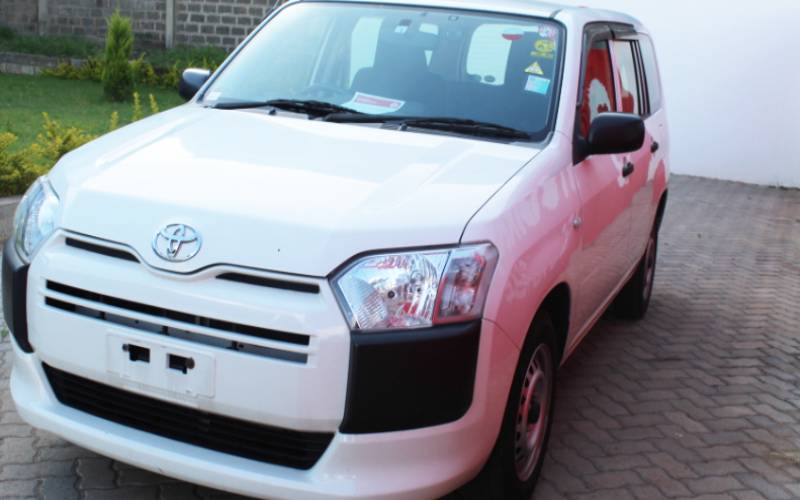
The Toyota Probox has a reputation for reliability, no doubt.
The vehicle has been christened a workhorse in almost all markets that it has been sold in.
In Kenya, it has a good and bad reputation. The good reputation is that it is easy to maintain, can carry a heavy load that many of its peers would struggle to transport, and has an almost instant acceleration.
 The Standard Group Plc is a multi-media organization with investments in media
platforms spanning newspaper print
operations, television, radio broadcasting, digital and online services. The
Standard Group is recognized as a
leading multi-media house in Kenya with a key influence in matters of national
and international interest.
The Standard Group Plc is a multi-media organization with investments in media
platforms spanning newspaper print
operations, television, radio broadcasting, digital and online services. The
Standard Group is recognized as a
leading multi-media house in Kenya with a key influence in matters of national
and international interest.

